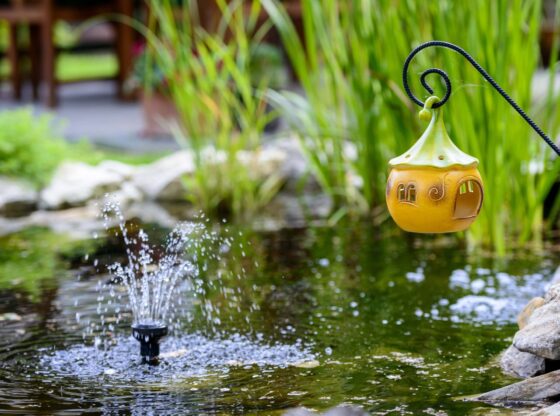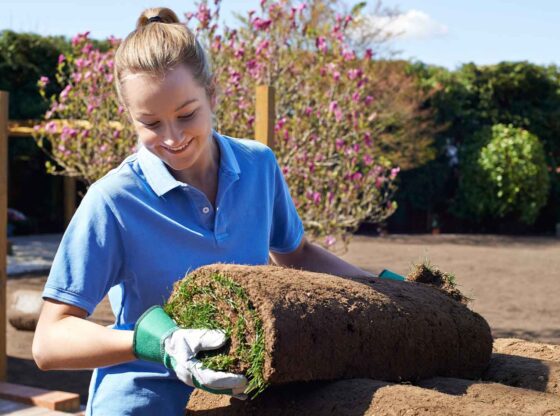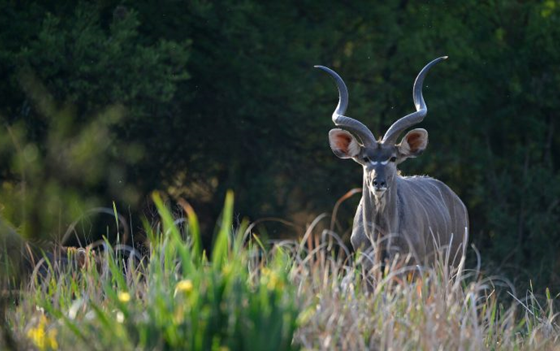Over the years, landscape ponds have been constructed with a variety of materials. Some are made out of concrete, while others use pre-form shapes or exposed liner. One of the main reasons we advise the use of gravel is because it plays an all-important role by providing a natural habitat for beneficial microorganisms. It’s also a cost-effective way to cover the liner and enhance the ecosystem.
The rocky bottom of a pond is alive and brimming with activity; covered in algae, microscopic invertebrates, and bacteria. This section of the pond is basically a compost pile. When organic debris falls to the pond’s bottom, it’s broken down by the benthic (bottom) inhabitants. Then, these organic recyclers live off of uneaten fish food, decaying plant matter, and nitrogenous fish wastes. If this substrate wasn’t present, the pond would quickly die, effectively being suffocated by toxic fish waste and organic build-up.
Natural Pond Cleaners
Fortunately, nature has given us a way to solve this problem. Organisms have evolved to use practically every bit of available food. Fish, crustaceans, and aquatic insects will feed on these minute organisms, including bacteria and algae that live on the rocky pond floor.
In addition, gravel lends structural stability to the pond. To achieve this, gravel is placed in between and behind the boulders. This eliminates spaces between them, which keeps them from shifting around. The gravel becomes a free-floating mortar, naturally locking the boulders into place. Most likely, if you’ve ever dismantled a pond that’s been built this way, you’ve experienced having to literally pry rocks out of their position.
When adding gravel and waterfall projects to your pond, be sure to vary the size of the gravel in order to provide a more natural appearance. You can have your gravel mixed at the stone yard, incorporating a blend of 3/8” to 3” gravel. The larger pieces give mass to the gravel bed, and act as a nice transition to the larger boulders. The smaller sizes provide lots of surface area, which is key for the pond’s biological activity.












